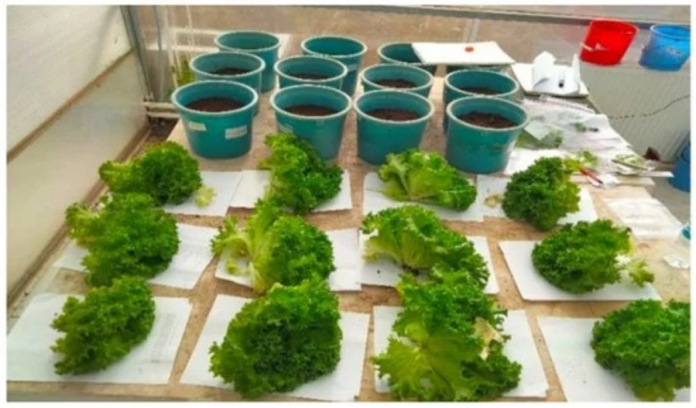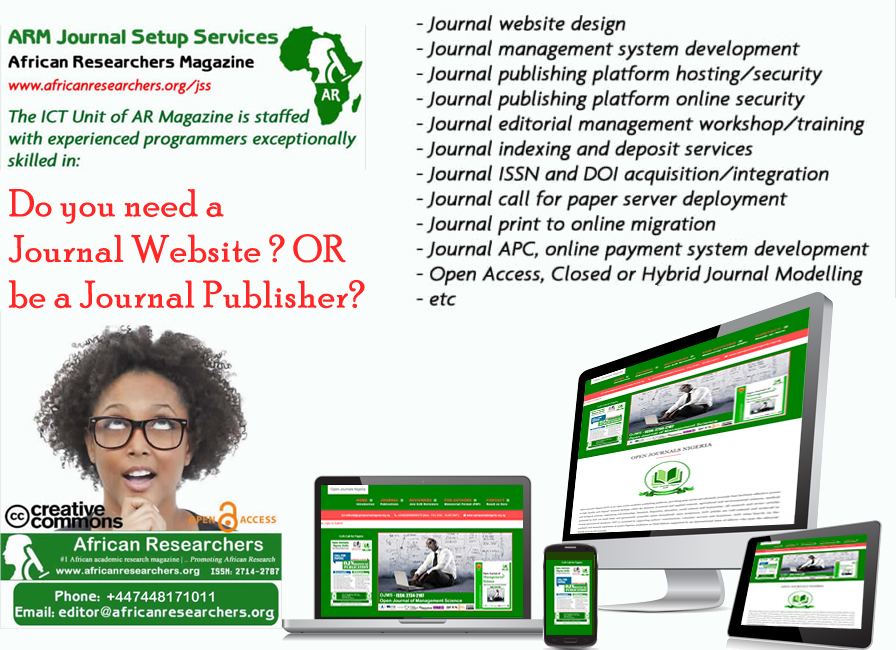A recent study by Ibrahim, M. S., & Ikhajiagbe, B. (2024) titled “Effects of plant growth-promoting bacteria (PGPB) rhizo-inoculation on soil physico-chemical, bacterial community structure and root colonization of rice (Oryza sativa l. var. faro 44) grown in ferruginous ultisol conditions” published in the Science World Journal by ResearchGate examines that PGPB significantly reduced soil iron concentrations while enhancing essential nutrients like phosphorus and nitrogen.
“
PGPB effectively reduce iron toxicity, enhance soil nutrients, and improve rice root colonization, promoting sustainable agriculture in iron-rich soils.– Ibrahim, M. S., and Ikhajiagbe, B. 2024
The article examines the impact of plant growth-promoting bacteria (PGPB) on soil properties and rice root colonization in iron-rich soils. The study investigates the use of three bacterial strains—Bacillus cereus (GGBSU-1), Klebsiella variicola (AUH-KAM-9), and Proteus mirabilis (TL14-1)—to mitigate iron toxicity and improve soil nutrient levels. It evaluates soil physico-chemical properties, bacterial community structure, and rice root colonization before and after rhizo-inoculation with these PGPBs. The results demonstrate that PGPB significantly reduced soil iron concentrations while enhancing essential nutrients like phosphorus and nitrogen. The release of acidic exudates by the bacteria facilitated iron chelation, leading to effective iron remediation and nutrient enhancement. Additionally, the study observed an increased microbial population and improved root colonization in treated soils. The findings emphasize the potential of phosphate-solubilizing PGPBs to promote soil health and boost crop productivity in environments with high iron content.
How the Study was Conducted
The study employed a combination of field experiments and laboratory analyses to assess the effects of plant growth-promoting bacteria (PGPB) on soil properties and rice root colonization. Conducted at the experimental garden of the Department of Biology and Forensic Science, Admiralty University of Nigeria, the research utilized ferruginous soils collected from Benin City, Edo State, Nigeria. The soil samples were categorized into three groups: FA (before rhizo-inoculation), FB (after 16 weeks of rhizo-inoculation), and FC (after 16 weeks of natural attenuation).
Three phosphate-solubilizing bacterial strains were tested: Bacillus cereus (GGBSU-1), Klebsiella variicola (AUH-KAM-9), and Proteus mirabilis (TL14-1), all previously isolated from humus soil and prepared for experimental use. The bacteria’s plant growth-promoting traits were evaluated through their production of indole acetic acid (IAA) and siderophores. IAA production was assessed using Luria Bertani broth, while siderophore production was measured using MB medium. Pure bacterial isolates were streaked onto agar plates, incubated, and subsequently prepared as microbial suspensions for inoculation.
Rice seedlings were grown in ferruginous soil for 10 days to acclimate their roots before bacterial inocula were administered via syringe to the root zone. The setup was monitored over 16 weeks using a randomized block design, with distilled water applied every three days. Biofilm formation by the bacterial isolates was studied using 96-well cell culture plates and analyzed with a plate reader and scanning electron microscopy (SEM).
Soil samples from the root zones were analyzed for key parameters, including organic matter, available phosphorus, cation exchange capacity, pH, total nitrogen, organic carbon, and iron levels. Data were reported as means with standard errors across five replicates. A two-way analysis of variance (ANOVA) was used for statistical analysis, with significant differences identified using the Student-Newman-Keuls test. This integrated methodology allowed the researchers to comprehensively evaluate the influence of PGPB on soil health and rice root colonization.
What the Authors Found
The authors found that PGPB significantly reduced iron levels in the soil from 200.67 mg/kg to 51.22 mg/kg. The study also posits that there was an increase in bioavailable phosphorus and nitrogen in the soil after rhizo-inoculation, with phosphorus levels rising from 8.01 mg/kg to 20.21 mg/kg and nitrogen levels increasing from 0.20% to 0.33%. In addition, the authors also found that a significant increase in the microbial population in the treated soil, which corresponded with the scanning electron microscopy (SEM) results showing effective root colonization by the PGPB
Why is this important?
Soil Health Improvement: The research demonstrates how plant growth-promoting bacteria (PGPB) can significantly improve soil health by reducing iron toxicity and increasing essential nutrients like phosphorus and nitrogen. This is crucial for enhancing soil fertility and ensuring sustainable agricultural practices.
Crop Productivity: By improving soil properties and promoting root colonization, PGPB can enhance crop productivity. This is particularly important for rice cultivation in iron-rich soils, which are common in many tropical and subtropical regions.
Environmental Sustainability: The use of PGPB offers a sustainable and eco-friendly approach to soil remediation. Unlike chemical fertilizers, PGPB do not cause secondary pollution and are cost-effective, making them a viable option for large-scale agricultural use.
Food Security: Improved soil health and crop productivity directly contribute to food security. In regions where iron-rich soils are prevalent, such as parts of Nigeria, this research provides a practical solution to increase agricultural output and support local food systems.
Scientific Advancement: The study adds to the growing body of knowledge on the use of beneficial microbes in agriculture. It highlights the potential of PGPB in bioremediation and soil enhancement, paving the way for further research and application in different soil types and crops.
What the Authors Recommended
- The authors suggest using plant growth-promoting bacteria (PGPB) with phosphate-solubilizing capabilities to remediate iron toxicity in ferruginous soils. This approach can improve soil health and enhance crop productivity.
- The study recommends applying these PGPB in field conditions to observe their effectiveness in real-world scenarios. This can help validate the laboratory findings and provide practical solutions for farmers dealing with iron-rich soils.
- The authors encourage further research to explore the long-term effects of PGPB on soil properties and crop yield. They also suggest investigating the potential of other beneficial microbes in combination with PGPB to enhance soil remediation and plant growth.
- In addition, the authors emphasize the importance of integrating PGPB into sustainable agriculture practices. This can reduce the reliance on chemical fertilizers and promote environmentally friendly farming methods.
In conclusion, the study by Ibrahim and Ikhajiagbe highlights the transformative potential of plant growth-promoting bacteria (PGPB) in mitigating iron toxicity, enhancing essential soil nutrients, and promoting root colonization in rice grown in ferruginous soils. By demonstrating significant improvements in soil health, microbial populations, and crop productivity, this research underscores the role of PGPB as a sustainable and eco-friendly solution for agricultural challenges in iron-rich environments. The findings not only provide a pathway for improving food security but also contribute to advancing sustainable farming practices that prioritize environmental health and economic viability. Further exploration and application of these beneficial microbes could revolutionize soil management and crop production in diverse agricultural settings.
















 The African Research (AR) Index is a comprehensive scholarly directory and database focused explicitly on journal publishers that publish and disseminate African research.
The African Research (AR) Index is a comprehensive scholarly directory and database focused explicitly on journal publishers that publish and disseminate African research.

